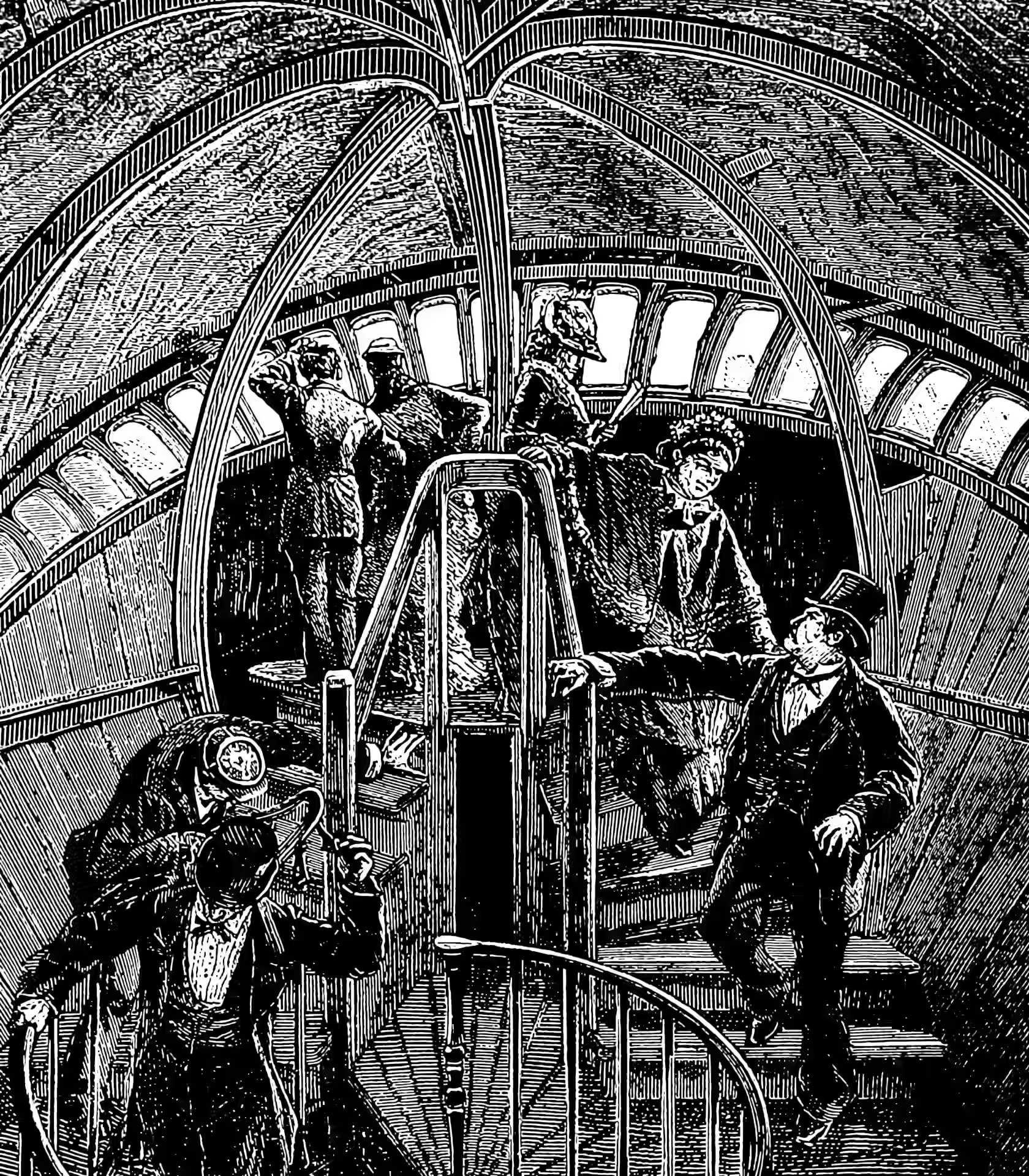Brain-like neuronal computation
2015-12-21 — 2023-10-02
Wherein a neuromorphic system is described, in which spiking neurons, Hebbian plasticity, and random synapses are assembled to emulate language acquisition and one‑shot learning at the scale of tens of millions of neurons without backpropagation.
Neural networks which are more biologically plausible than what we typically refer to as (artificial) neural networks. Synthetic brains, if you’d like.
1 Forward-forward networks
See NNs without Backprop.
2 NEMO
Christos Papadimitriou, How Does the Brain Create Language?
There is little doubt that cognitive phenomena are the result of neural activity. However, there has been slow progress toward articulating an overarching computational theory of how exactly this happens. I will discuss a simplified mathematical model of the brain, which we call NEMO, involving brain areas, spiking neurons, random synapses, local inhibition, Hebbian plasticity, and long-range interneurons. Emergent behaviours of the resulting dynamical system—established both analytically and through simulations—include assemblies of neurons, sequence memorization, one-shot learning, and universal computation. NEMO can also be seen as a software-based neuromorphic system that can be simulated efficiently at the scale of tens of millions of neurons, emulating certain high-level cognitive phenomena such as planning and parsing of natural language. I will describe current work aiming at creating through NEMO a neuromorphic language organ: a neural tabula rasa which, on input consisting of a modest amount of grounded language, is capable of language acquisition: lexicon, syntax, semantics, comprehension, and generation. Finally, and on the plane of scientific methodology, I will argue that experimenting with such brain-like devices, devoid of backpropagation, can reveal novel avenues to learning, and may end up advancing AI.
3 Spiking
TBD
